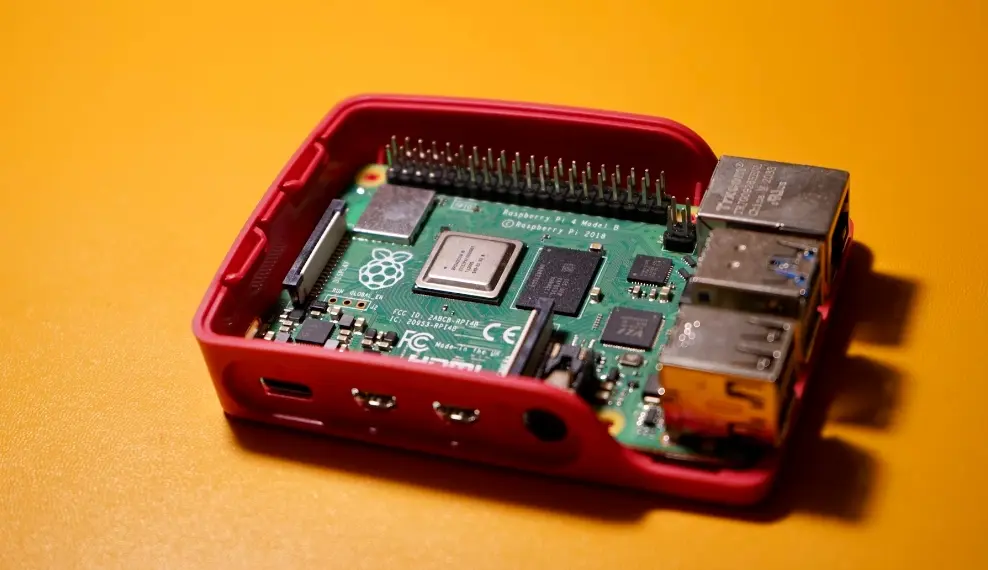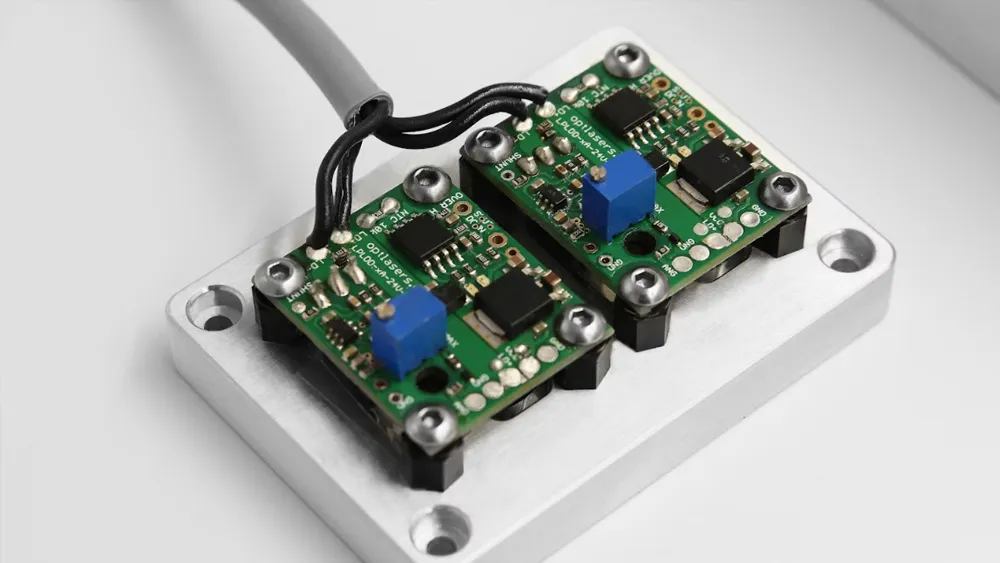
How to get an FCC SDoC Certificate?
The Federal Communications Commission (FCC) previously used different types of certification methods based on the type of electronic product. These included: Verification, Declaration of Conformity (DoC), and Certification. However, starting from November 2, 2017, the FCC merged Verification and DoC into a single program called Supplier’s Declaration of Conformity (sdoc), and amended related FCC rULes, with a one-year transition period.

Transition Period:
From November 2, 2017, to November 2, 2018, during the transitional phase, manufacturers could choose to continue using the FCC Verification (VOC) and DoC procedures or adopt the new fcc sdoc procedure. After the one-year transition, the FCC SDoC procedure officially replaced the previous VOC and DoC methods.
Overall, the FCC SDoC procedure is more streamlined and transparent. It allows the use of electronic labeling and REDuces the complexity of import declaration requirements. The goal is to simplify the previously complex fcc certification process and reduce the burden on enterprises.
SDoC Procedure Requirements:
A test report is required. To enhance the authority of the report, testing should preferably be conducted in an FCC Recognized Accredited laboratory. JJR operates strictly under the ISO 17025 system and is recognized by ISO/IEC 17025 and listed on the official FCC website as a Recognized Accredited laboratory. Testing standards remain the same, but the following key changes apply:
Part 15: Unintentional Radiators
1. For fcc part 15 products, if the device is a stand-alone cable input selector switch, the following statement must be visibly placed on the product:
"This device complies with Part 15 of the FCC Rules for use with cable television service."
2. For applicable FCC Part 15 products that are too small to include the FCC 15.19 statement and have no built-in screen to display it, the statement must be included in the user manual. Additionally, it must be placed on the product packaging or attached via a removable label.
3. For FCC Part 15 unintentional radiators, the authorization requirements are as follows:
- TV Broadcast Receiver: SDoC or Certification
- FM Broadcast Receiver: SDoC or Certification
- CB Receiver: SDoC or Certification
- Superregenerative Receiver: SDoC or Certification
- Scanning Receiver: Certification
- Radar Detector: Certification
- All other receivers subject to Part 15: SDoC or Certification
- TV Interface Device: SDoC or Certification
- Cable System Terminal Device: SDoC or Certification
- Stand-alone Cable Input Selector Switch: SDoC or Certification
- Class B Personal Computers and Peripherals: SDoC or Certification
- CPU Boards/Internal Power Supplies for Class B PCs: SDoC or Certification
- Assembled Class B PCs using Authorized Components: SDoC or Certification
- Class B External Switching Power Supplies: SDoC or Certification
- Other Class B Digital Devices & Peripherals: SDoC or Certification
- Class A Digital Devices, Peripherals & External Power Supplies: SDoC or Certification
- Access Broadband over Power Line (Access BPL): Certification
- All Other Devices: SDoC or Certification
Part 18: Intentional Radiators
1. For fcc part 18 products:
- Commercial ISM (Industrial, Scientific, Medical) equipment must be authorized via SDoC or Certification.
- Commercial ultrasonic equipment (<500W, <90 kHz) and non-commercial ISM devices can use SDoC.
2. Electronic screens may be used to display compliance statements for applicable intentional radiators.
3. The SDoC process requires a responsible party located in the U.S. to ensure compliance. This may be the manufacturer or the importer.
Certification Requirements:
1. Certified devices are allowed to display the fcc id via an electronic screen. If the device is too small to display the FCC ID and lacks an electronic display, the FCC ID must be included in the user manual and on the packaging or with a removable label.
2. Testing for Certification must be performed in an FCC Accredited laboratory.
Optional fcc logo:
Manufacturers may voluntarily place the FCC logo on the exterior of SDoC-compliant products.
Required SDoC Documentation Upon Market Entry or Import:
The following information must be included in the user manual or provided as a separate document:
1. Product name and model
2. Statement of compliance with FCC regulations
3. Contact information for the U.S. responsible party (name, address, phone number or internet contact)
Digital Documentation:
If a paper manual is not provided and information is given via storage device or internet, the above details must be included in digital format or displayed on an electronic screen.
During the Transition Period:
1. Products certified under the SDoC program may choose whether to display the FCC logo.
2. A compliance statement must be added to the accompanying documentation, including contact details of the U.S. supplier.
3. Existing FCC VOC and DoC procedures may still be used.
4. Certifications completed under VOC and DoC before the transition period remain valid, unless the product is modified, in which case recertification is required.
Email:hello@jjrlab.com
Write your message here and send it to us
 What is Amazon US CPC Certification?
What is Amazon US CPC Certification?
 UK Toy Safety Regulation Standard EN 71-13
UK Toy Safety Regulation Standard EN 71-13
 What is EU UFI Registration?
What is EU UFI Registration?
 EU UFI Registration for E-cigarette E-liquid
EU UFI Registration for E-cigarette E-liquid
 How to get the MSDS Report for Electronic Cigarett
How to get the MSDS Report for Electronic Cigarett
 Prop 65 Warning on Appliances
Prop 65 Warning on Appliances
 Apparel Heavy Metal Testing
Apparel Heavy Metal Testing
 Can You Conduct Lab Tests to UL Standards
Can You Conduct Lab Tests to UL Standards
Leave us a message
24-hour online customer service at any time to respond, so that you worry!




